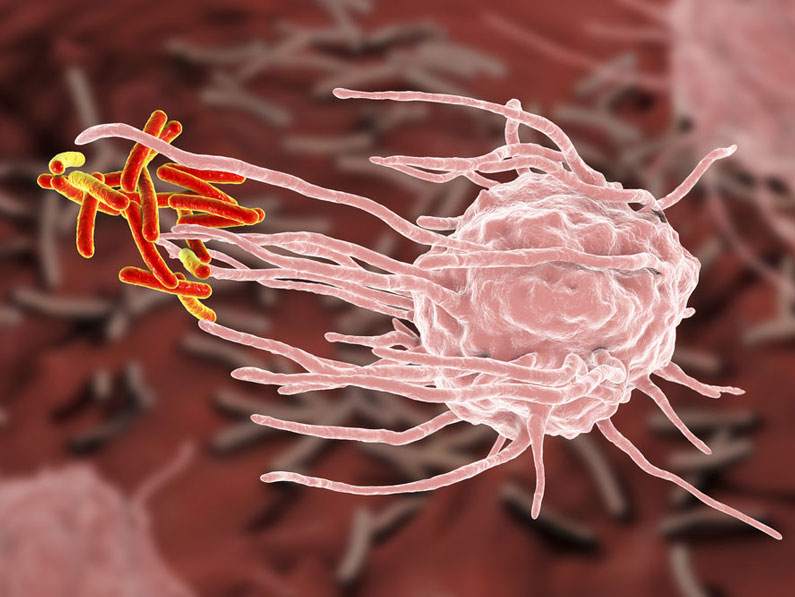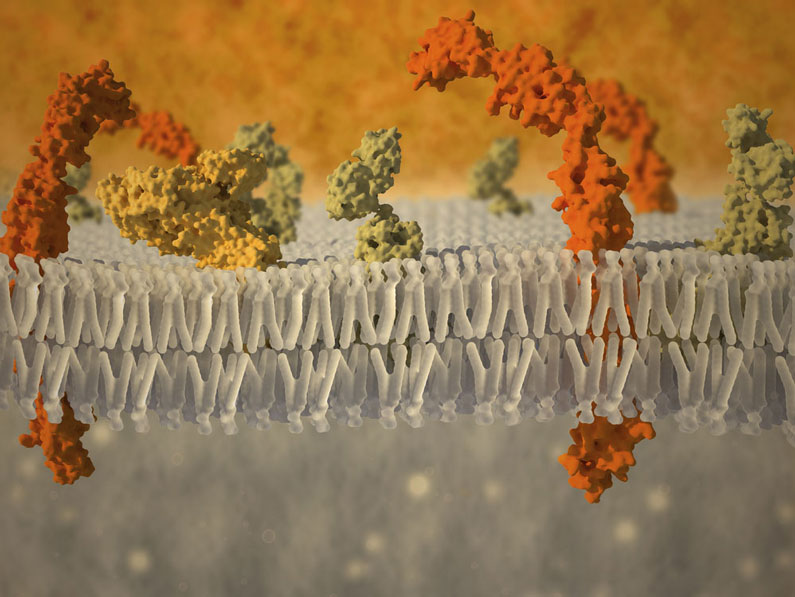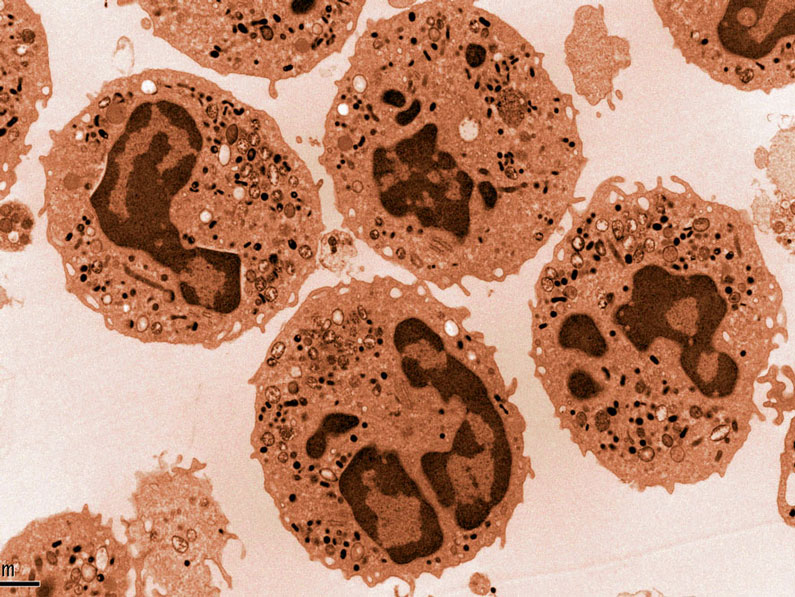

- Induced Model LPS responses, LPS/D-GAL, hepatic failure
- Performed on TNF, TNFR1
- Readouts Cytokine levels, Lethality, ALT activity

TNFR1 as a therapeutic target
TNF is a key regulator of inflammation and its blockade has proven to be very successful treatment for a variety of inflammatory disorders including arthritis, inflammatory bowel disease, psoriasis and others. However, TNF blockade also affects the physiological functions of TNF with a main drawback being the increased susceptibility to infections. Research work has shown that uncoupling the TNFR1-mediated pro-inflammatory effects of TNF from its TNFR2-mediated immunosuppressive properties would be an advantageous treatment approach.
In recent years, TNFR1 has emerged as an attractive target for the detrimental effects of the TNF signalling pathway and various TNFR1 inhibitors are currently in clinical including ATROSAB and GSK1995057.
The humanized TNFR1 mouse models
Biomedcode offers the unique hTNFR1KI mouse model, a mouse that expresses human TNFR1 in the absence of its mouse counterpart. In combination with induced or spontaneous disease models, it offers a unique tool for the efficacy evaluation of human therapeutics targeting the TNFR1.
Preclinical Platforms for the evaluation of TNFR1 targeting therapeutics
| Model | Duration | Read outs |
| Experimental Autoimmune Encephalomyelitis
Mog-induced EAE |
25-30 days | -Weight -Clinical Scoring -Histology |
| Spontaneous Arthritis
Tg197hTNFR1KI TNFΔARE/+ hTNFR1KI |
12 weeks 4-8 weeks |
-Weight -Clinical Scoring -Histology |
| Induced Arthritis
Collagen Antibody Induced Arthritis (CAIA) |
2 weeks | -Weight -Clinical Scoring -Histology -Serum Cytokine levels |
| Acute Inflammation
TNF/GaIN |
24 hours | -Serum cytokine levels-Survival |


